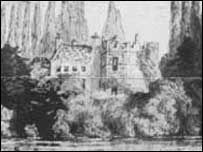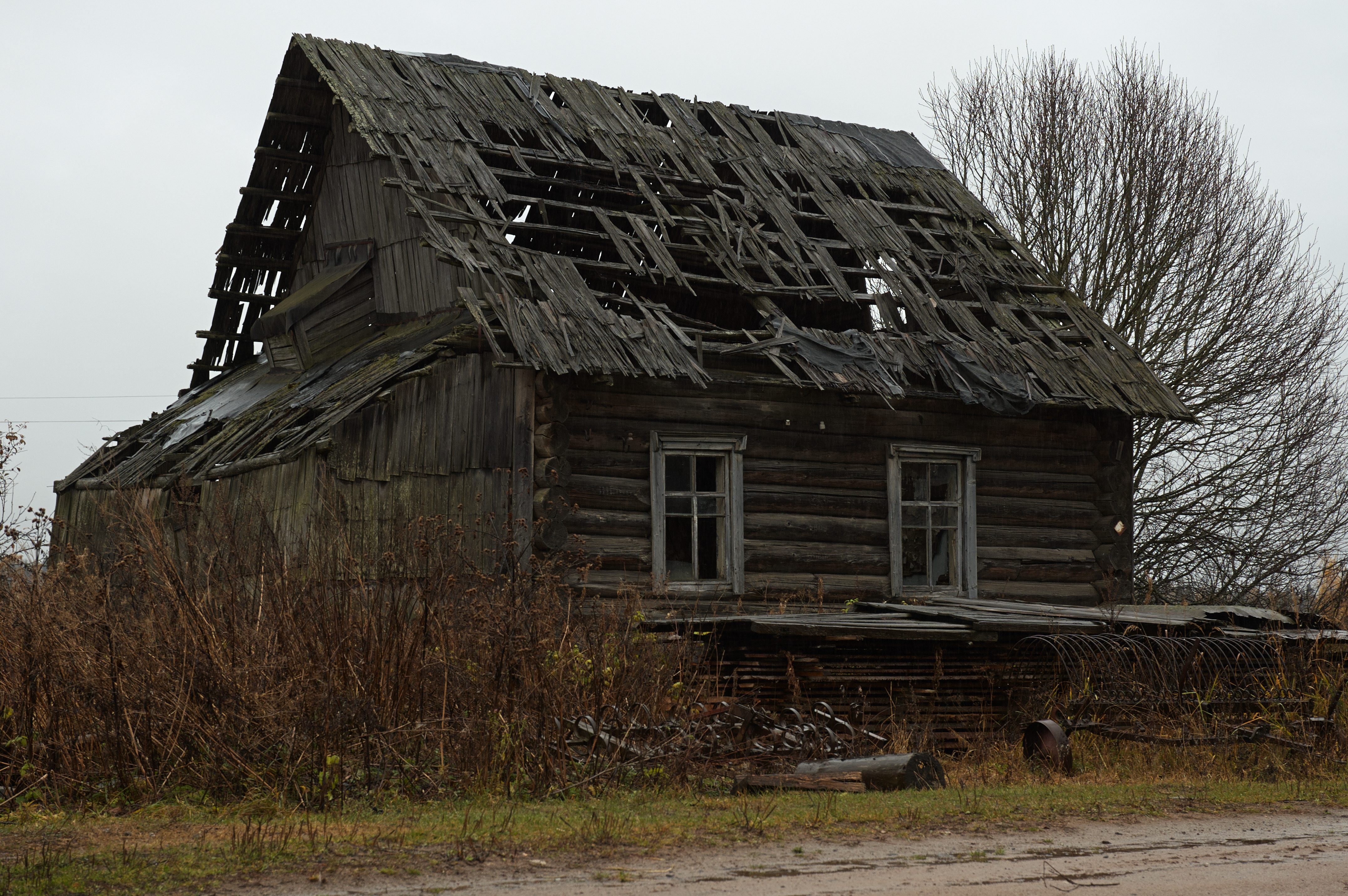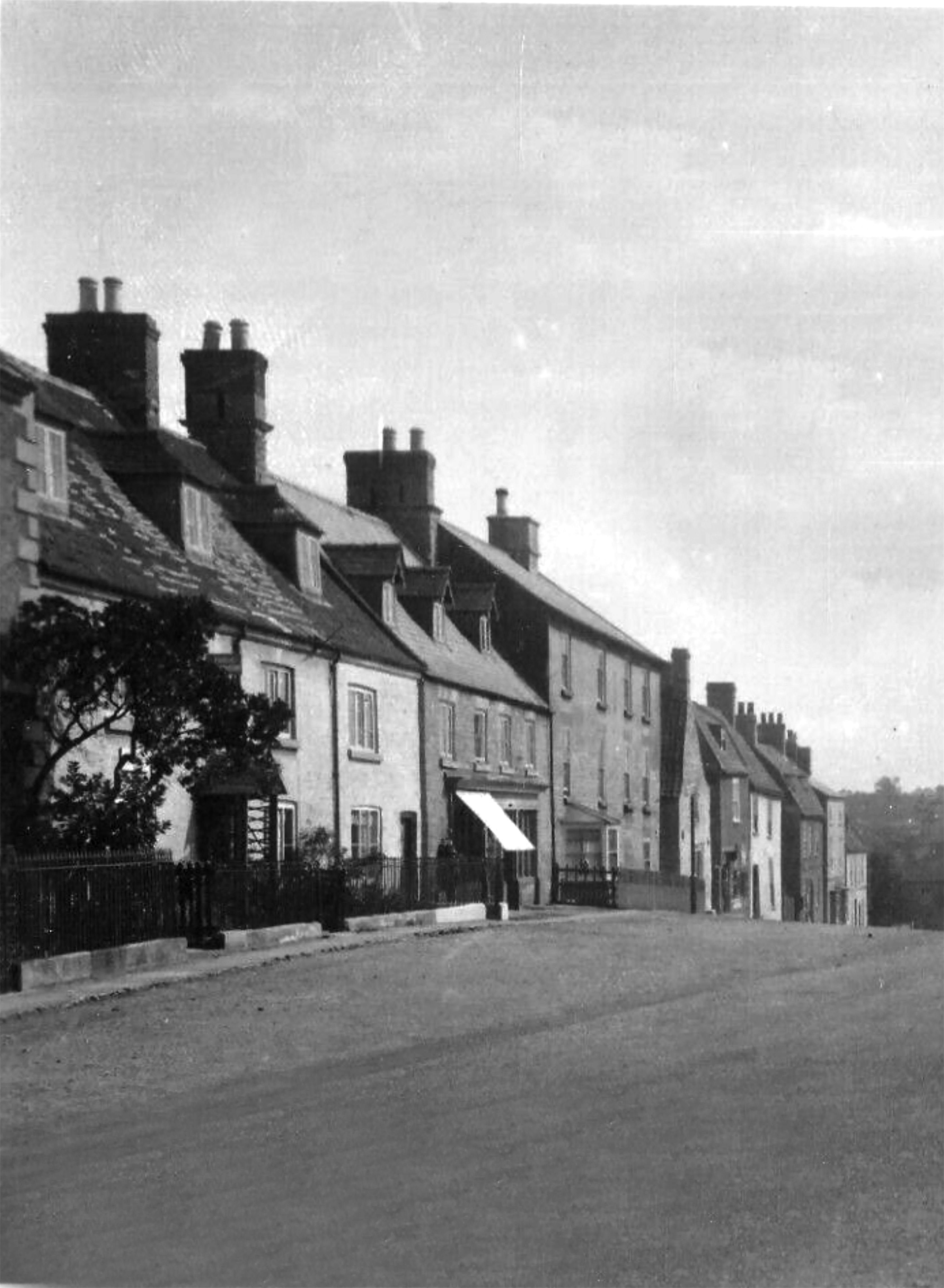|
Lenton, Lincolnshire
Lenton is a village in the civil parish of Lenton, Keisby and Osgodby, in the Non-metropolitan district, district of South Kesteven, Lincolnshire, England. It is situated approximately south-east from Grantham. In 1921 the parish had a population of 117. On 1 April 1931 the parish was abolished to form "Lenton Keisby and Osgodby". Village The village is sometimes known as ''Lavington'', and the name may have come from the Old English ''Lâfa'', and the characteristic suffix -ton. The village is listed in the Domesday Book of 1086 as "Lavintone". Lenton parish church is dedicated to St Peter. The parish, ecclesiastical parish is part of the North Beltisloe Group of parishes in the Deanery of Beltisloe in the Diocese of Lincoln."Lenton P C C" ; Diocese of Lincoln. Retrieved 14 May 2012 From 2006 to 2011 the incumbent w ... [...More Info...] [...Related Items...] OR: [Wikipedia] [Google] [Baidu] |
Hanby, Lincolnshire
Hanby is a hamlet in the South Kesteven district of Lincolnshire, England. It is situated between Lenton and Ropsley Heath, on the line of the Roman Road King Street. The nearest large town is Grantham to the north-west. Hanby is part of the civil parish of Lenton, Keisby and Osgodby . Lost settlement The hamlet is the location of a lost village of Hanby: English Heritage Archive number TF03SW15; location TF02703159. Past observers have concluded that there were house platforms with building materials, including stone roof tiles, scattered around. Local finds include a flint scraper, Anglo-Saxon pot sherds and medieval sherds. Aerial photographs show no shapes because the area has been ploughed over, but cropmarks show "two conjoined ditched enclosures . . . interpreted as possible crofts, with a small ditched enclosure". There was a ridge and furrow Ridge and furrow is an Archaeology, archaeological pattern of ridges (Medieval Latin: ''sliones'') and troughs c ... [...More Info...] [...Related Items...] OR: [Wikipedia] [Google] [Baidu] |
Villages In Lincolnshire
A village is a human settlement or community, larger than a hamlet but smaller than a town with a population typically ranging from a few hundred to a few thousand. Although villages are often located in rural areas, the term urban village is also applied to certain urban neighborhoods. Villages are normally permanent, with fixed dwellings; however, transient villages can occur. Further, the dwellings of a village are fairly close to one another, not scattered broadly over the landscape, as a dispersed settlement. In the past, villages were a usual form of community for societies that practice subsistence agriculture and also for some non-agricultural societies. In Great Britain, a hamlet earned the right to be called a village when it built a church.Dr Greg Stevenson, "Wha ... [...More Info...] [...Related Items...] OR: [Wikipedia] [Google] [Baidu] |
Sir William Armine, 2nd Baronet
Sir William Armine, 2nd Baronet (14 July 1622 – 2 January 1658) was an English politician who sat in the House of Commons from 1646 to 1653. Armine was born at Ruckholt,Leyton The Environs of London: Volume 4, Counties of Herts, Essex and Kent. Originally published by T Cadell and W Davies, London, 1796. Pages 158-182 and footnote 78. Accessed via BHO British History Online 21 January 2025. in Low Leyton parish, Becontree hundred, , the son of [...More Info...] [...Related Items...] OR: [Wikipedia] [Google] [Baidu] |
Sir William Armine, 1st Baronet
Sir William Armine, 1st Baronet (11 December 1593 – 10 April 1651) was an English politician who sat in the House of Commons at various times between 1621 and 1651. He supported the Parliamentary cause in the English Civil War. (His name was also spelled Airmine, Armin, Armyne and Armyn.). Background Armine was the son of William Armyn (MP) of Osgodby, South Kesteven, Lincolnshire, and his first wife, Martha, daughter of Lord Eure.J.C.H., 'Armyn, William (1561–1622), of Osgodby, Lincs.', in P.W. Hasler (ed.), ''The History of Parliament: the House of Commons 1558-1603'' (from Boydell and Brewer 1981)History of Parliament Online Public life Armine was created a baronet on 28 November 1619 and succeeded to the estates of his father on 22 January 1622. He was elected Member of Parliament for Boston at least in 1624 and possibly in 1621 to replace Sir Thomas Cheek who sat for another seat. In 1625, he was elected MP for Grantham and in 1626 MP for Lincolnshire. He acted as as ... [...More Info...] [...Related Items...] OR: [Wikipedia] [Google] [Baidu] |
Oxford University
The University of Oxford is a collegiate research university in Oxford, England. There is evidence of teaching as early as 1096, making it the oldest university in the English-speaking world and the second-oldest continuously operating university globally. It expanded rapidly from 1167, when Henry II prohibited English students from attending the University of Paris. When disputes erupted between students and the Oxford townspeople, some Oxford academics fled northeast to Cambridge, where they established the University of Cambridge in 1209. The two English ancient universities share many common features and are jointly referred to as ''Oxbridge''. The University of Oxford comprises 43 constituent colleges, consisting of 36 semi-autonomous colleges, four permanent private halls and three societies (colleges that are departments of the university, without their own royal charter). and a range of academic departments that are organised into four divisions. Each college ... [...More Info...] [...Related Items...] OR: [Wikipedia] [Google] [Baidu] |
The Adventures Of Mr
''The'' is a grammatical article in English, denoting nouns that are already or about to be mentioned, under discussion, implied or otherwise presumed familiar to listeners, readers, or speakers. It is the definite article in English. ''The'' is the most frequently used word in the English language; studies and analyses of texts have found it to account for seven percent of all printed English-language words. It is derived from gendered articles in Old English which combined in Middle English and now has a single form used with nouns of any gender. The word can be used with both singular and plural nouns, and with a noun that starts with any letter. This is different from many other languages, which have different forms of the definite article for different genders or numbers. Pronunciation In most dialects, "the" is pronounced as (with the voiced dental fricative followed by a schwa) when followed by a consonant sound, and as (homophone of the archaic pronoun '' the ... [...More Info...] [...Related Items...] OR: [Wikipedia] [Google] [Baidu] |
Edward Bradley (writer)
Edward Bradley (25 March 1827 – 12 December 1889) was an English clergyman and novelist. He was born in Kidderminster in Worcestershire, and educated at Durham University from which he took his pen name Cuthbert Bede. His most popular book was ''The Adventures of Mr. Verdant Green'', on the experiences of an University of Oxford, Oxford undergraduate. There was a sequel, ''Little Mr Bouncer and his friend Verdant Green''. ''Tales of College Life'' (often bound with it), introduces the character of ''Mr Affable Canary''. The celebrated illustrations to the Verdant Green books were the work of the author. Life He was the second son of Thomas Bradley, surgeon of Kidderminster, who came of a somewhat ancient Worcestershire and clerical family. A brother, Thomas Waldron Bradley, was author of two novels, ''Grantley Grange'' (1874) and ''Nelly Hamilton'' (1875), while an uncle, William Bradley of Leamington Spa, Leamington, wrote ''Sketches of the Poor by a retired Guardian''. Afte ... [...More Info...] [...Related Items...] OR: [Wikipedia] [Google] [Baidu] |
Abandoned Village
An abandoned village is a village that has, for some reason, been deserted. In many countries, and throughout history, thousands of villages have been deserted for a variety of causes. Abandonment of villages is often related to epidemic, famine, war, climate change, economic depressions, environmental destruction, or deliberate clearances. Armenia and Azerbaijan Hundreds of villages in Nagorno-Karabakh were deserted following the First Nagorno-Karabakh War. Between 1988 and 1993, 400,000 ethnic Azeris, and Kurds fled the area and nearly 200 villages in Armenia itself populated by Azeris and Kurds were abandoned by 1991. Likewise, nearly 300,000 Armenians fled from Azerbaijan between 1988 and 1993, including 50 villages populated by Armenians in Northern Nagorno Karabakh that were abandoned. Some of the Armenian settlements and List of Armenian churches in Azerbaijan, churches outside Armenia and the Nagorno-Karabakh Republic have either been destroyed or damaged including ... [...More Info...] [...Related Items...] OR: [Wikipedia] [Google] [Baidu] |
Deserted Medieval Village
In the United Kingdom, a deserted medieval village (DMV) is a former settlement which was abandoned during the Middle Ages, typically leaving no trace apart from earthworks or cropmarks. If there are fewer than three inhabited houses the convention is to regard the site as deserted; if there are more than three houses, it is regarded as a shrunken medieval village. There are estimated to be more than 3,000 DMVs in England alone. Other deserted settlements Not all sites are medieval: villages reduced in size or disappeared over a long period, from as early as Anglo-Saxon times to as late as the 1960s, due to numerous different causes. Reasons for desertion Over the centuries, settlements have been deserted as a result of natural events, such as rivers changing course or silting up, flooding (especially during the wet 13th and 14th centuries) as well as coastal and estuarine erosion or being overwhelmed by windblown sand. Many were thought to have been abandoned due to the ... [...More Info...] [...Related Items...] OR: [Wikipedia] [Google] [Baidu] |
Ingoldsby, Lincolnshire
Ingoldsby is a small village in the South Kesteven district of Lincolnshire, England. It is situated south-east from the market town of Grantham, south of the county town of Lincoln, and east of the City of Nottingham. The village contains approximately 121 households. Ingoldsby is a civil parish and an ecclesiastical parish.Ingoldsby P C C ; . Retrieved 14 May 2012 The ecclesiastical parish is part of The North Beltisloe Group of parishes in the of |
Folkingham
Folkingham ( ) is a village and civil parish in the South Kesteven district of Lincolnshire, England. It lies on the A15 road (Great Britain), A15 road north of Bourne, Lincolnshire, Bourne and south of Sleaford. The United Kingdom Census 2001, 2001 Census gave a population of 729, rising to 796 at the 2011 census, and estimated at 795 in 2016. Topography and development This former town is attractively situated in a wide rolling landscape, just up from the The Fens, fen edge, on the northern incline of an east–west stream valley. The settlement is centred on a large Market Place, positioned between a church on high land to the NW and a former baronial castle on low land to the SE. The modern A15 road (England), A15 runs through the market area, rather than bypassing the settlement as at Aslackby and Laughton, Aslackby and Osbournby, taking a dramatic right-angled turn at its NW corner. The earliest settlement was probably on the high promontory overlooking stream valleys cl ... [...More Info...] [...Related Items...] OR: [Wikipedia] [Google] [Baidu] |




